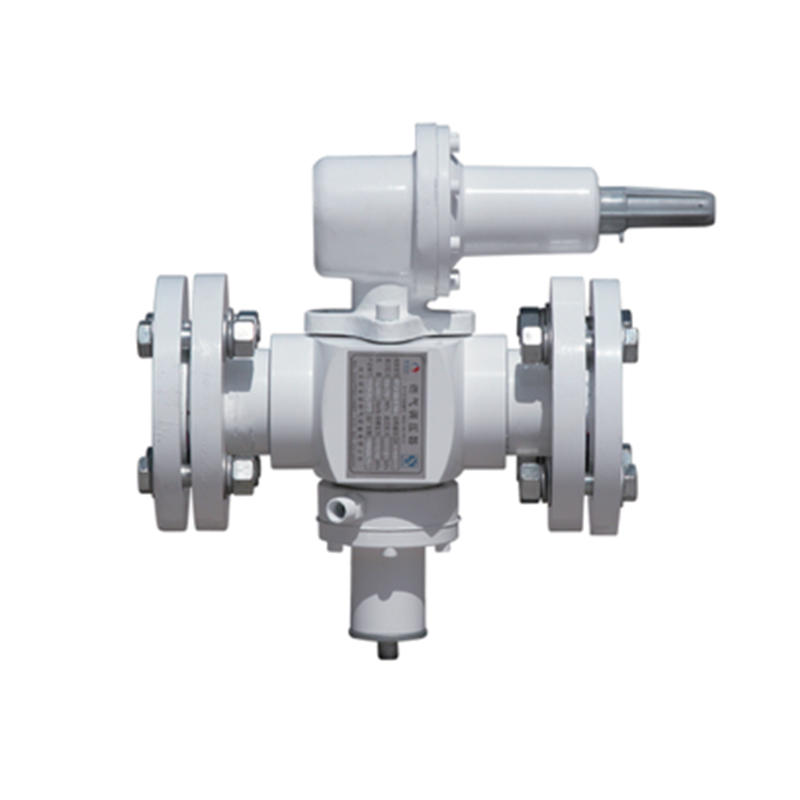
Nov . 16, 2024 23:09
Back to list
صمام أمان الغاز
Gas Safety Valve A Crucial Component for Safety in Gas Systems
In the modern world, gas is one of the most widely used energy sources, powering everything from our homes to industries. However, with this reliance on gas comes the inherent risk of leaks and explosions. To mitigate these dangers, the gas safety valve plays an essential role in ensuring that gas systems function safely and efficiently.
What is a Gas Safety Valve?
A gas safety valve is a critical component in gas distribution and utilization systems. Its primary function is to prevent the accidental release of gas by automatically closing in the event of a pressure surge or other abnormal conditions. These valves are designed to relieve excess pressure safely and maintain the integrity of the entire system, thereby protecting both equipment and people.
Importance of Gas Safety Valves
The significance of gas safety valves cannot be overstated. In residential, commercial, and industrial settings, these valves provide an essential barrier against potential gas hazards. For instance, in domestic gas systems, leaks can lead to devastating explosions, fires, or poisoning. By incorporating safety valves, homeowners can enhance their safety and ensure that their gas appliances operate within specified pressure limits.
In industrial environments, where large amounts of gas may be processed or handled, the stakes are even higher. A malfunctioning valve can lead to catastrophic failures, resulting in loss of life, property damage, and severe environmental impact. Thus, the presence of reliable gas safety valves is not just a regulatory requirement; it is a moral imperative for manufacturers and service providers.
Types of Gas Safety Valves
There are various types of gas safety valves, each designed for specific applications. Common types include
.
2. Shut-off Valves Used to stop the flow of gas entirely in an emergency, these valves can be operated manually or automatically.
صمام أمان الغاز

3. Vent Valves Allow gas to vent safely into the atmosphere, preventing pressure buildup in closed systems.
4. Combination Valves Incorporate multiple functionalities, addressing several safety needs simultaneously.
Best Practices for Gas Safety Valve Maintenance
To ensure that gas safety valves function correctly, regular maintenance is crucial. Here are some best practices
- Routine Inspections Conduct regular inspections of gas safety valves to check for wear and tear, leaks, and overall functionality.
- Calibration Ensure that valves are calibrated to the correct pressure settings according to manufacturer specifications. This helps in maintaining optimal performance.
- Professional Servicing Engage certified professionals for maintenance and repairs. This ensures that any potential issues are addressed promptly and effectively.
- Replacement If a valve is found to be defective or malfunctioning during inspections, it must be replaced immediately to avoid potential hazards.
Conclusion
Gas safety valves are indispensable tools in the management of gas systems, safeguarding lives and property from the dangers associated with gas usage. By understanding their function, importance, and the maintenance required, individuals and organizations can ensure a higher level of safety in their gas operations. As our reliance on gas continues, investing in reliable safety measures, such as gas safety valves, is not just wise; it is essential for a safer future. Implementing these practices reinforces the commitment to safety that every gas consumer and provider should uphold.
Latest news
-
Safety Valve Spring-Loaded Design Overpressure ProtectionNewsJul.25,2025
-
Precision Voltage Regulator AC5 Accuracy Grade PerformanceNewsJul.25,2025
-
Natural Gas Pressure Regulating Skid Industrial Pipeline ApplicationsNewsJul.25,2025
-
Natural Gas Filter Stainless Steel Mesh Element DesignNewsJul.25,2025
-
Gas Pressure Regulator Valve Direct-Acting Spring-Loaded DesignNewsJul.25,2025
-
Decompression Equipment Multi-Stage Heat Exchange System DesignNewsJul.25,2025

